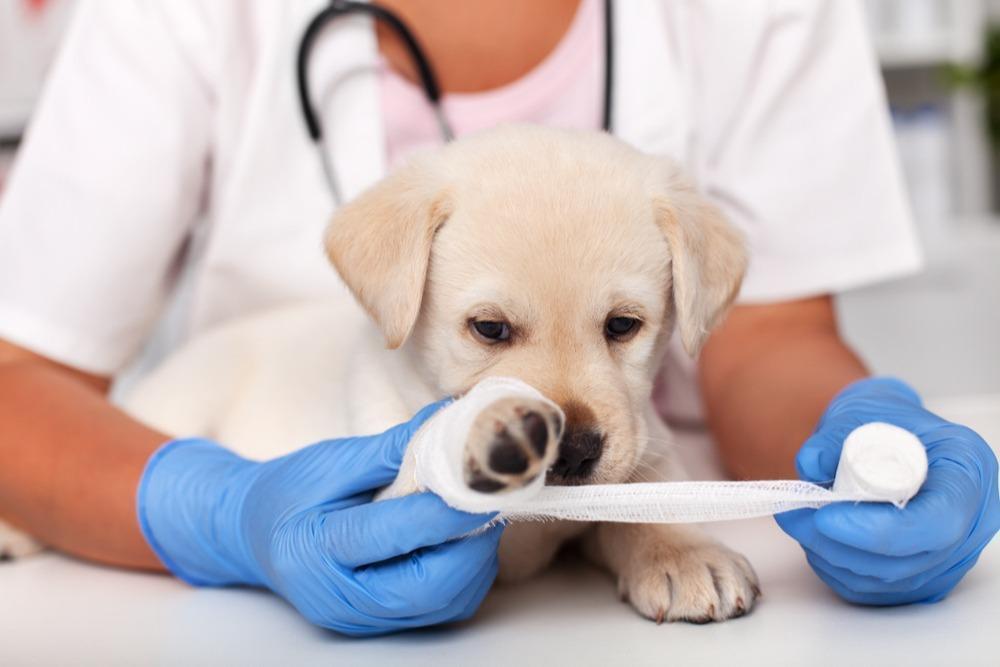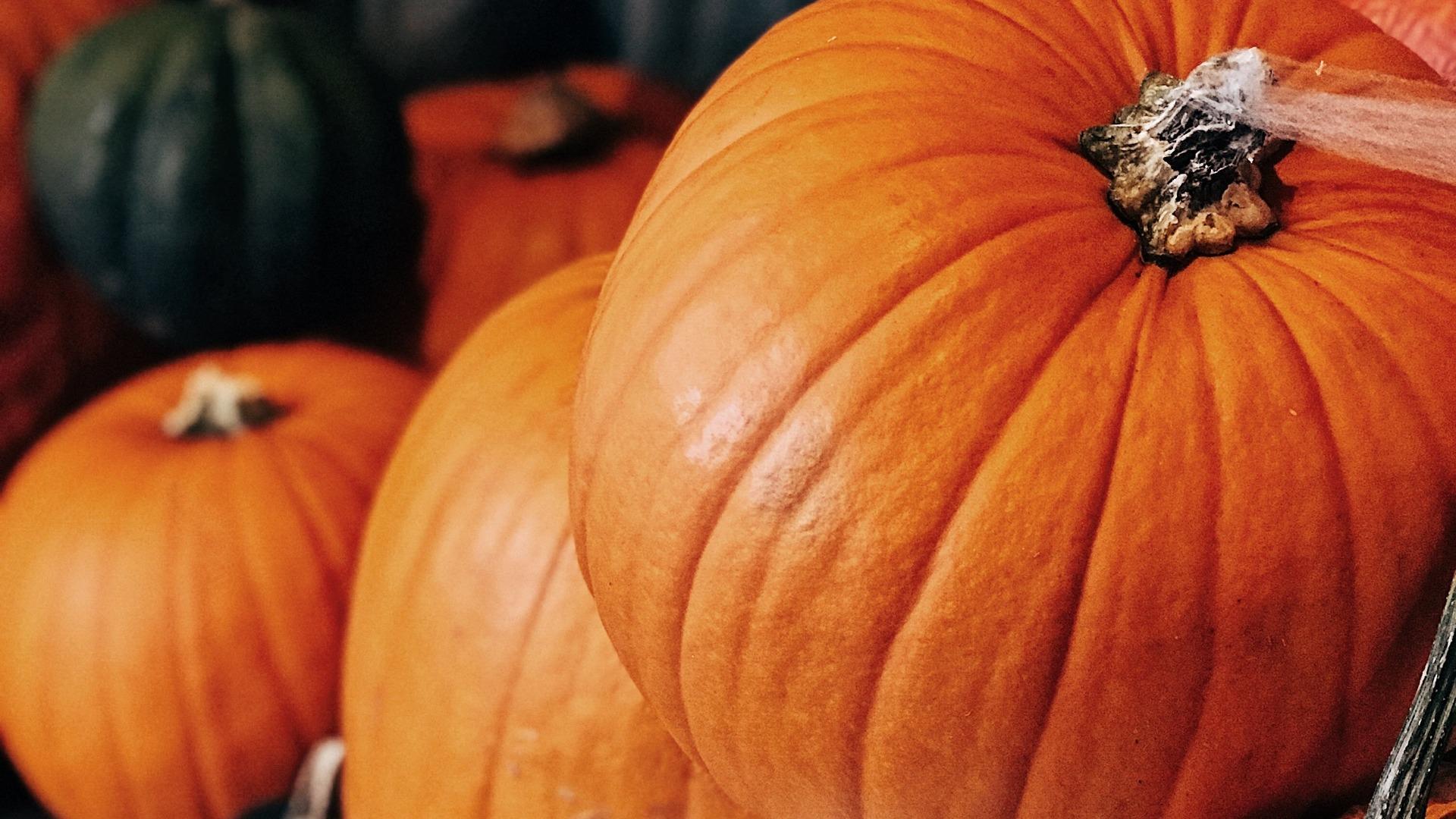Being Global Prebiotic Week and something we are asked about regularly here at My Pet Nutritionist, we thought we’d explore the key differences between all those biotics! When we’re presented with prebiotics, probiotics and postbiotics, it’s hard to know where to start and if they even do a thing!
So let’s get cracking.
Prebiotics and probiotics are often thought of as one and the same, but their commonalities end with their role in the intestine.
Prebiotics are fibre that feed the beneficial microorganisms residing in the intestine. Probiotics are live microorganisms that when ingested, can enhance intestinal microbial balance.
Why is this important?
The microbiome is an important modifier of disease and an essential component of immunity. Dysbiosis of the many microbiomes have been associated with a range of disorders.
Your Puppy’s Microbiome
What Can Cause Gut Dysbiosis
Your Pet’s Immune System
So, caring for the ecosystem found in the gut is of paramount importance.
Prebiotics and Gut Health
The most commonly considered prebiotics are classified as soluble fibres. They were first introduced as a functional food in 1995 by Marcel Roberfroid, but in 2007 Roberfroid clarified that only two classes of fructooligosaccharides (FOS) meet the full definition of a prebiotic. These are oligofructose and inulin.
Oligofructose is a 2-8–chain fructose-based saccharide molecule that undergoes fermentation in the colon, providing nourishment to the bacteria found there.
Inulin is a longer 9-64–chain fructose-based saccharide that is fermented more slowly, benefiting bacteria further down in the digestive system. It can also be broken down into FOS by intestinal bacteria to provide both FOS and inulin.
These 2 fibres are considered minimally digestible because of the β bond–based connections of the fructose molecules.
It is thought that dogs and cats lack the intestinal enzyme needed to break down the β bond and so they usually break down α saccharide bonds. The resident bacteria can break the β bond, producing short-chain fatty acids (SCFAs) known as acetate, propionate, and butyrate.
SCFA’s have a range of roles for host health including:
- Energy source of intestinal cells
- Promote gut integrity
- Lower colonic pH
- Stimulate sodium and water absorption
In addition, you may also find prebiotics containing the following:
- Mannan oligosaccharides (MOS) – from the yeast Saccharomyces cerevisiae
- Galactooligosaccharides (GOS) – found in dairy, beans and root vegetables
Probiotics and Health
Rather than encouraging the growth of beneficial bacteria and suppressing the growth of pathogenic bacteria, probiotics are thought to introduce beneficial bacteria into the environment.
It is considered that the best use for these products is treatment of GI disease, such as diarrhoea and other GI abnormalities, including inflammatory bowel disease.
The more we are learning about probiotic use, the more we are realising that the benefits associated are bacterial strain specific. What this means is the devil is in the detail.
In addition, to function as a probiotic, the bacteria must:
- Survive the acid and bile in the GI tract
- Adhere to intestinal cells or colonise areas within the tract
- Exclude pathogenic adherence
- Produce acids, or other compounds which antagonise the growth of pathogens
- Be safe, non-invasive, non-carcinogenic and non-pathogenic
The primary bacterial populations included in probiotics that have been seen to benefit both cats and dogs are lactic acid bacteria, especially lactobacilli, bifidobacteria, and enterococci.
Postbiotics and Health
Postbiotics are the bioactive compounds that probiotic bacteria produce when they consume prebiotic fibre.
They are technically the waste products of probiotic bacteria and SCFA’s are one kind, along with:
- Enzymes
- Cell wall fragments
- Metabolites like vitamins and minerals
Postbiotics are a relatively new concept, but they have been associated with a range of benefits:
- Postbiotics like butyrate (SCFA) can stimulate the production of regulatory T cells in the intestine, supporting immune function
- Cell wall fragments can increase the production of anti-inflammatory chemical messengers known as cytokines that help reduce inflammation and modulate immune responses
- Increased levels of butyrate have been associated with improved clinical outcomes in inflammatory bowel disease
How Do We Get Them?
It’s easy to reach for supplements, but certain foods already possess biotic properties.
Sources of Prebiotics:
- Mushrooms
- Chicory Root
- Garlic
- Asparagus
- Dandelion Greens
- Bananas
Sources of Probiotics:
Fermented foods contain naturally occurring probiotics; but remember that prebiotics aren’t fussy about which bacteria they feed, so they could also feed harmful bacteria and yeast. Fermented foods can also be an issue for those dogs suffering SIBO or yeast infections.
Bacterial Overgrowth
Is Your Dog a Yeasty Beast
Supplementation may be appropriate in certain cases, but as we have noted, benefits are often strain-specific and it’s essential to read the label fully if your dog suffers with sensitivities.
Does My Dog Need a Prebiotic, Probiotic or Postbiotic?
We would always advocate a food first approach, so offering a fresh whole-food diet, full of variety. But in tending to the ecosystem, which is a great modifier of disease, it’s important to not only include things of benefit, but avoid things of detriment too. The issue is when the bacteria populations in the gut get a little out of whack.
We need to avoid those things that can cause imbalances between the good and bad guys in the gut:
- Overuse of antibiotics
- Proton pump inhibitors
- Antihistamines
- Poor motility
- Digestive disorders
- Poor pancreatic function
- Inflammation in the gut
- Stress
- Environmental toxins
- Dietary choices
- Poor liver function
What Can Cause Gut Dysbiosis
The inclusion of prebiotic foods is relatively easy to do, and either pre or probiotic supplementation may or may not be appropriate for your pet, but as you can see, it’s never as clear cut as we would like.
Luckily, here at My Pet Nutritionist we look at everything that is going on for your pet and what may be compromising their health. Using this information, we develop a bespoke plan to get them on the right track.
Check out our services if you would like to know more.
Thanks for reading,
Team MPN x










